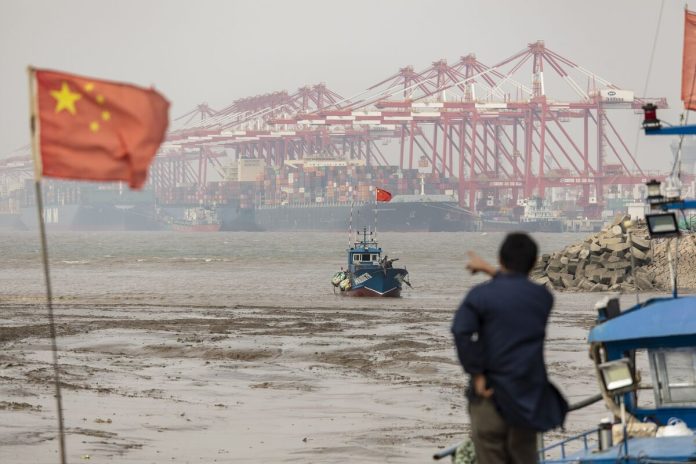China’s exports rose at the fastest pace in more than a year in May despite trade tensions, although imports fell short of analysts’ expectations, AP News reports.
Exports in May rose 7.6 per cent from the same month last year to $302.35 billion, increasing at the fastest pace since April 2023. Imports rose 1.8% to $219.73 billion, falling short of forecasts for growth of about 4%.
The rise in exports was also partly due to a lower base over the same period last year, when exports fell 7.5%. In comparison, April exports rose 1.5 per cent year-on-year, while April imports rose 8.4 per cent.
The strong exports led to an increase in China’s trade surplus to $82.62 billion, up from $72.35 billion in April.
The rise in exports comes amid escalating trade tensions between China and the US and Europe. The US is raising tariffs on Chinese-made electric cars, while Europe is considering imposing similar tariffs. Zichun Huang of Capital Economics said in a note:
Foreign tariffs are unlikely to immediately threaten exports; if anything, they may boost exports at the margin as firms speed up shipments to front-run the duties.
Huang also said that exports would be supported by a weaker real effective exchange rate. She added:
Import volumes were little changed last month, but they will probably rise soon, with increased government spending supporting the import-intensive construction sector.
China’s factory activity slowed more than expected in May, according to an official survey released last week.
The manufacturing purchasing managers’ index from the China Federation of Logistics and Purchasing fell to 49.5 from 50.4 in April on a scale of up to 100, where 50 signifies the gap between expansion and contraction.
IMF forecasts
The International Monetary Fund last month raised its 2024 growth forecast for China in line with Beijing’s growth target of “around” 5 per cent, but warned of risks to the economy from property problems.
China is struggling to recover from the COVID-19 pandemic, battling weakening global demand after the US Federal Reserve and other central banks raised interest rates to counter inflation. A slump in China’s property sector is also weighing on growth.
Economists say China has set its economic growth target for this year at around 5 per cent, which will require additional policy support.
